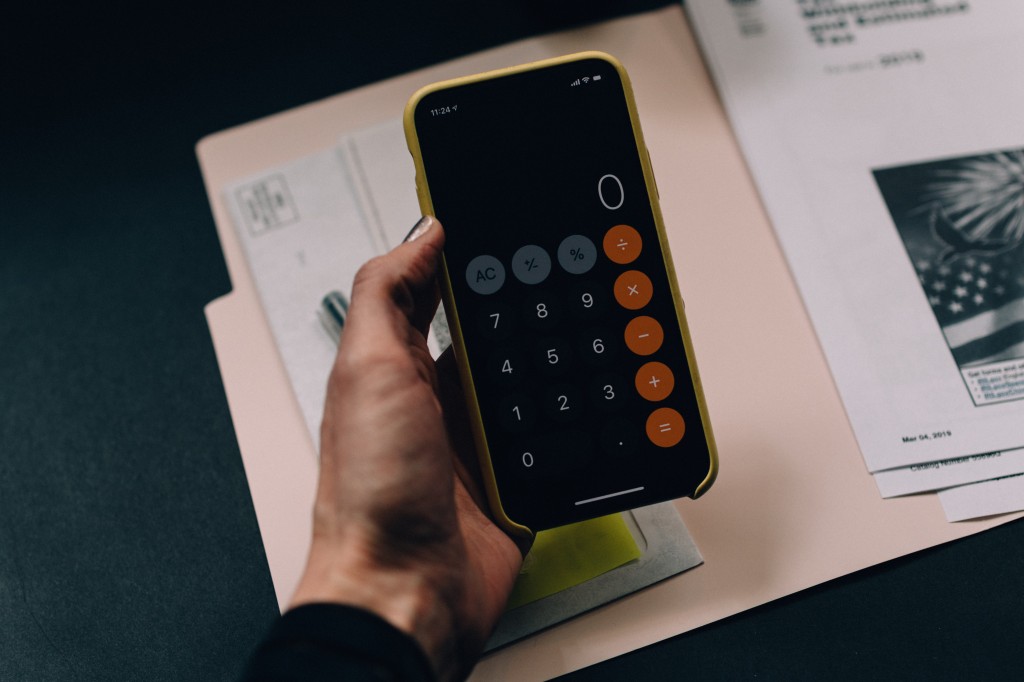Customs compliance verification, or audits, are conducted periodically by CBSA, with the importer being the responsible party. Verifying an importer’s customs compliance is one of the ways that Canada customs ensures that regulations and requirements are being respected.
As much of the documentation is self reported — more so in the advent of CUSMA! More info below — CBSA has committed to auditing importers on: customs duties, excise duties, AD/CD, and sales tax.
Recommended reading:
CUSMA/USMCA: Meet The New NAFTA
Trade Protectionism in Canada: Anti-Dumping & Countervailing
Traditionally, commercial importers provide this initial information through their customs brokers on a B3 Canada Customs Form and other relevant forms.
The 3 most common types of verification are:
- Valuation verifications
- Tariff classification verifications
- Origin verifications
International trade and sales tax expert and lawyer, Cyndee Todgham Cherniak (founder of boutique firm LexSage), recently covered the key things that importers must be aware of as they prepare for a possible audit/compliance verification. All 3 types of verification above follow the same process (or slight verifications of the steps).
Below, we’ll be breaking down Cherniak’s piece on the various steps for a CBSA verification:
Before the audit: CBSA will select importers for an audit either randomly or target specific importers. In some cases, CBSA might have already taken a look at your transactions and suspect that there is an issue.
Starting the process: The process will likely be kicked off with a letter to the importer that explains which type of verification CBSA wants to do — and detailing the period of review. As Cherniak explains:
“The CBSA may list transaction numbers and ask for complete information packages to be sent, including the B3 Customs Form, and B2 Adjustment Requests, the commercial invoice, the packing list, the shipping documents, proof of payment, any permits or licenses, etc.”
Filling out a questionnaire: CBSA will send the importer a questionnaire corresponding to the type of audit underway. The importer will need to respond within 30 days of receiving this. It is not recommended to complete this step in a silo. It is incredibly important that you pair up with your broker that has a rock-solid handle on customs regulations and has guided other importers through the auditing process.

Follow-up questions: After receiving the questionnaire, CBSA will then ask follow-up questions and require the completion of another questionnaire. As Cherniak says, read the follow up questions carefully because they contain hints on what CBSA is concerned about. Like the initial questionnaire, completing this with the help of a broker will ensure a much smoother process.
On-site visit: CBSA will then plan to come to your business for a period of time to verify the information — they’ll include an agenda for their visit prior to their arrival. Before the CBSA officers arrive, review all of the correspondence and documentation that has taken place prior to the visit. Before departing, the office will let you know if any issues were pointed out.
CBSA reports on findings: First, CBSA will provide a report with their findings and request that you respond within a timeframe of 30 days (typically, but can be longer). At this point, it’s entirely possible that there will be nothing more to do!
Self-correction process: If there are things to address, the importer has 90 days to send an amendment, making the corrections identified by CBSA (a B2 or blanket amend). If the self-corrections are not done, there will be even higher penalties with interest.
Detailed adjustment statement & notice of penalty assessment: After reviewing the amendments, CBSA will prepare a document called a “Detailed Adjustment Statement” where they will note the amount of duties and taxes to be paid. In addition, they will use a “Notice of Penalty Assessment” for the penalties payable as a result of non-compliance. Note: there is an option for appeal here!
Post-audit process: If you’ve been identified as non-compliance, you should take the necessary steps internally so that you address CBSA’s concerns for futuring importing. If you do not do so, CBSA will raise penalties and conduct additional audits.
If you have any additional questions, or need a broker’s guidance, contact us here.

 Payment
Payment  My Account
My Account